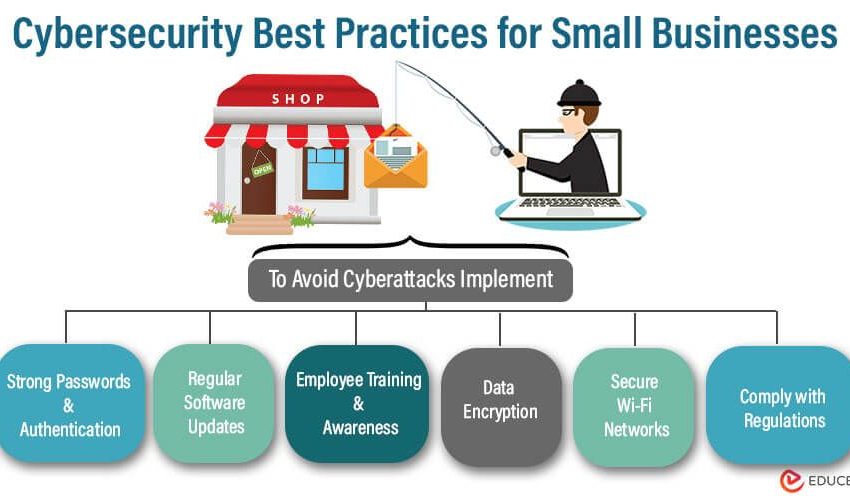How to Secure Your Home Wi-Fi Network
In today’s connected world, having a secure home Wi-Fi network is more important than ever. With the rise of smart devices and online threats, it’s essential to take steps to protect your network and the data that flows through it. In this article, we’ll cover some key tips on how to secure your home Wi-Fi network effectively.
Update Your Router’s Firmware
One of the most critical steps in securing your home Wi-Fi network is to ensure that your router’s firmware is up to date. Manufacturers often release updates to patch security vulnerabilities and improve overall performance. Check your router’s settings or visit the manufacturer’s website regularly to see if any updates are available.
Change the Default Password
Many routers come with a default username and password that are easy for hackers to guess. It’s imperative to change these credentials to something unique and complex. Avoid using easily guessable passwords like “password” or “123456” and opt for a mix of letters, numbers, and symbols for maximum security.
Enable Encryption
Encrypting your Wi-Fi network is crucial to prevent unauthorized access. WPA2 encryption is the most secure option currently available, so make sure to enable this feature in your router’s settings. This will ensure that all data transmitted over your network is protected from prying eyes.
Disable Remote Management
Many routers come with a feature that allows you to manage them remotely via the internet. While convenient, this feature can also be exploited by hackers to gain access to your network. It’s best to disable remote management unless you have a specific need for it.
Set Up a Guest Network
If you have guests frequently visiting your home, consider setting up a separate guest network for them to use. This will prevent them from accessing sensitive information on your primary network and help keep your data secure. Be sure to use a different password for the guest network and enable guest network isolation if possible.
Enable MAC Address Filtering
MAC address filtering allows you to control which devices can connect to your network based on their unique hardware address. While not foolproof, this feature adds an extra layer of security and can help prevent unauthorized devices from accessing your network. Be sure to add the MAC addresses of all your devices to the allowed list in your router’s settings.
Use a Virtual Private Network (VPN)
If you frequently access sensitive information or conduct online transactions, consider using a VPN to encrypt your internet connection. A VPN creates a secure tunnel between your device and the internet, protecting your data from potential eavesdroppers. There are many affordable and reliable VPN services available, so be sure to choose one that fits your needs.
Monitor Your Network Activity
Regularly monitoring your network activity can help you spot any unusual or suspicious behavior. Many routers come with built-in tools that allow you to view connected devices, monitor data usage, and detect potential threats. Be proactive and investigate any unfamiliar devices or activity on your network promptly.
Conclusion
Securing your home Wi-Fi network is essential to protect your data and privacy in today’s digital age. By following the tips outlined in this article, you can significantly reduce the risk of unauthorized access and cyber threats. Remember to stay vigilant and regularly review and update your security measures to keep your network safe and secure.


